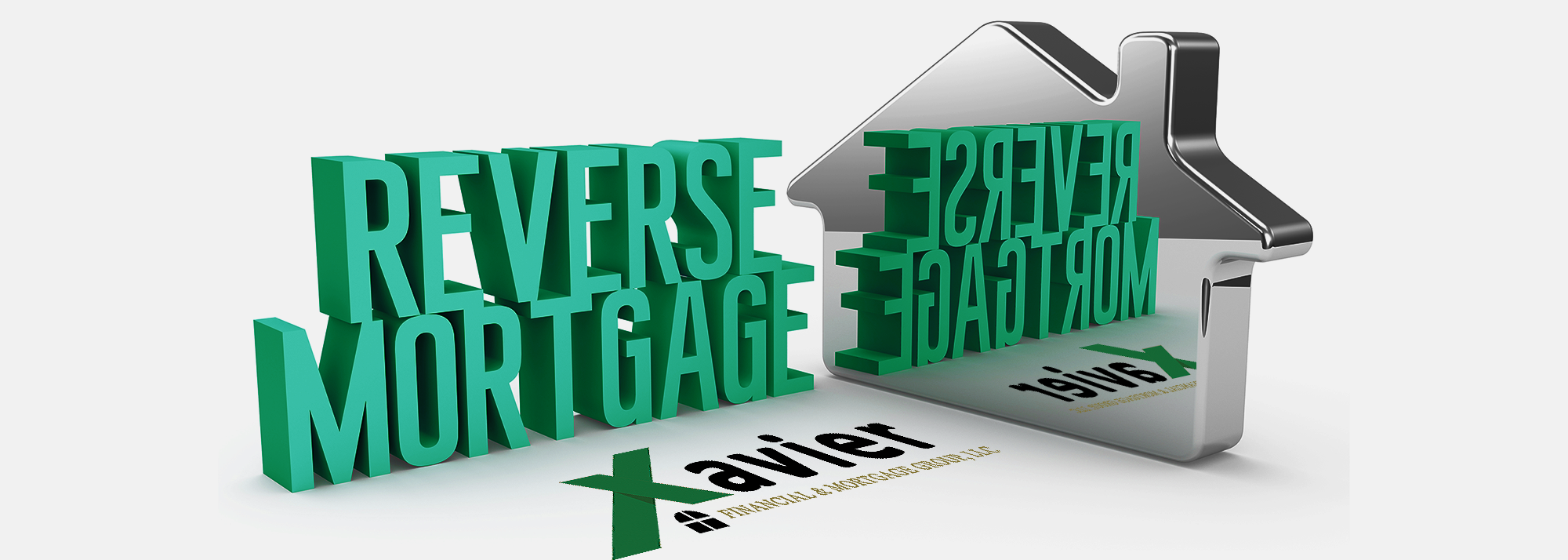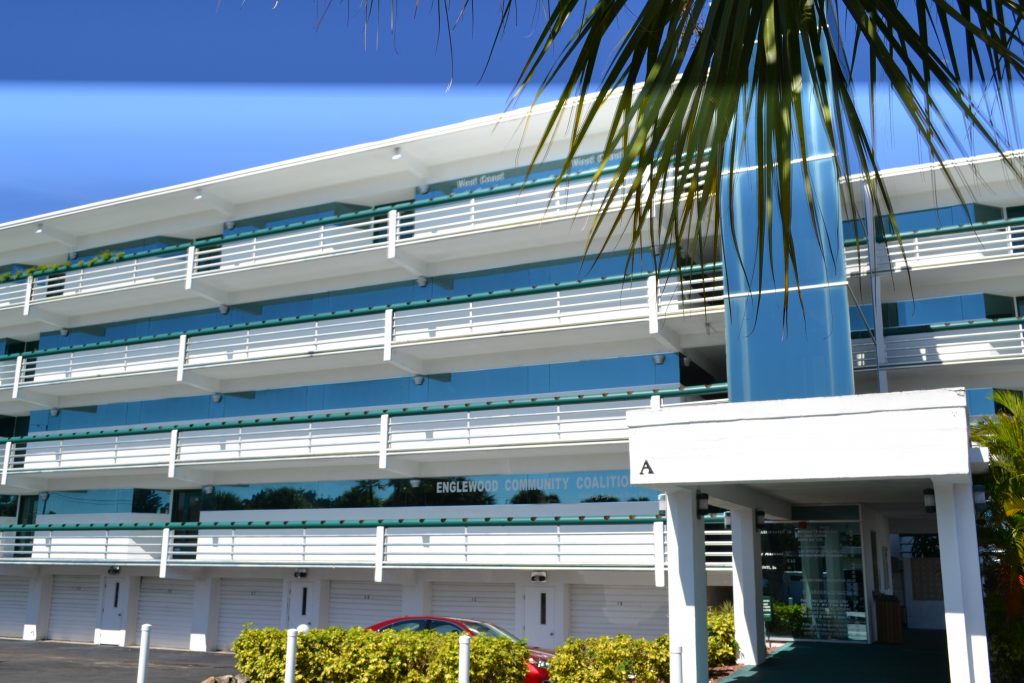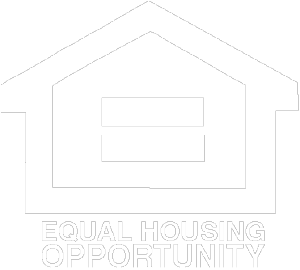
Reverse Mortgage Loan
What is a reverse mortgage?
A reverse mortgage is available to homeowners aged 62 years or older. A reverse mortgage doesn’t require monthly mortgage payments, and it is a loan that allows you to convert part of the equity into cash income while remaining in your home.
The loan is reversed, the lender makes payments to the borrower instead of the borrower making monthly payment to the lender.
If you live in the home, you are not required to make a payment until you sell or vacate the house. You must remain current on all property taxes, homeowner’s insurance, and homeowner’s association dues (if applicable).
Who benefits from a reverse mortgage?
Any homeowner 62 years of age or over, looking for a second source of income, or finding themselves in need of cash for health care expenses, paying off other debt or finance home improvements. Some use a reverse mortgage to eliminate their existing mortgage.
How does a reverse mortgage work?
The lender makes payments to the borrower based on a percentage of accumulated home equity.
When does it need to be repaid?
When the borrower dies, sells the home or permanently moves out.
Who is eligible?
Seniors age 62 or older who own homes outright or have small mortgages. The home must be your primary residence, and you cannot be delinquent on any federal debts.
What type of homes qualify?
Homes must meet FHA property standards and flood requirements. Eligible property types include: single-family homes, a two- or four-unit homes with the borrower living in one unit; HUD-approved condo projects; or FHA-compliant manufactured homes.
How can the money be used?
The money can be used for any reason. Retirees typically use cash to supplement income, pay health care expenses, retire debt, or finance home improvements.
You will never owe more than the value of your home in a reverse mortgage loan, regardless of how much you borrow. And if the balance is less than your home’s value at the time of repayment, you or your heirs keep the difference.
A married couple may decide to get a reverse mortgage but leave one spouse off the HECM. If the borrowing spouse dies or moves out permanently, a non-borrowing spouse can continue to live in the home if he or she is listed in the HECM documents as such. The surviving spouse must maintain the house and pay taxes and insurance if he or she continues to live in the home and will not receive any of the reverse mortgage proceeds.
How much can you get?
Typically, you can take up to 60 percent of your initial principal limit in the first year of your reverse mortgage. Also known as your first-year draw limit. If the amount you owe on an existing mortgage or other required payments exceeds this amount, you can take out extra money to pay off that loan and associated fees, as well as additional cash of up to 10 percent of your principal limit.
Several factors determine the amount of money you can get through a reverse mortgage, such as:
- Age (or the age of the youngest spouse in the case of couples).
- Value of the home.
- Interest rate.
- The lesser of appraised value or the HECM FHA mortgage limit of $679,650.
To be eligible for a reverse mortgage, you must either own your home outright or have a low mortgage balance that can be paid off at the closing with proceeds from the reverse loan.

